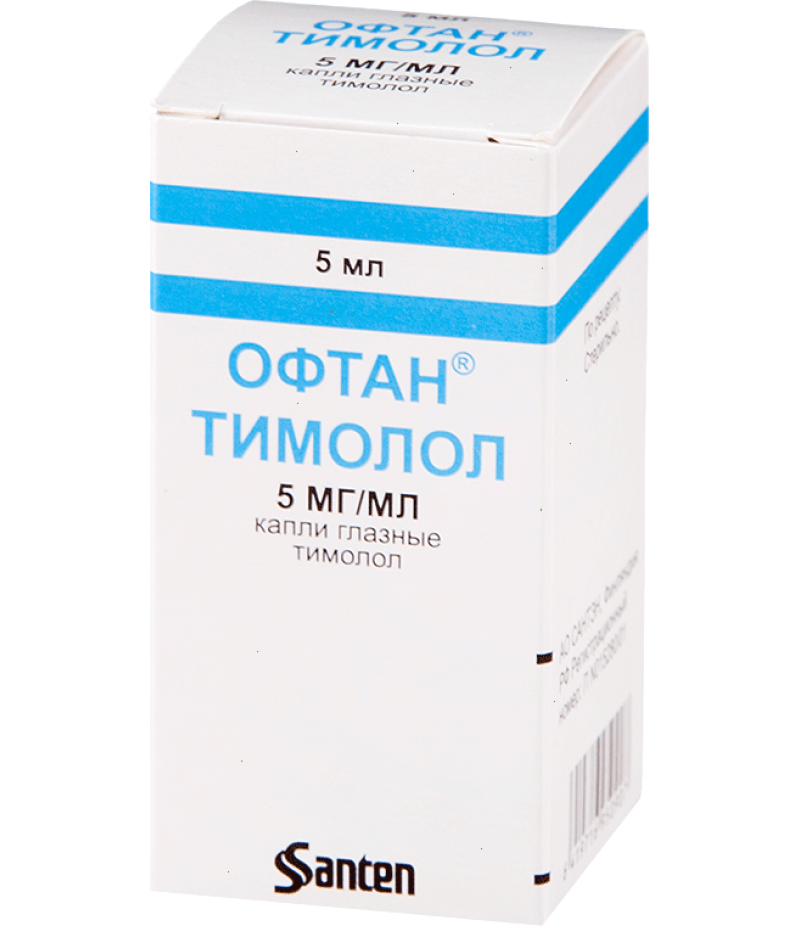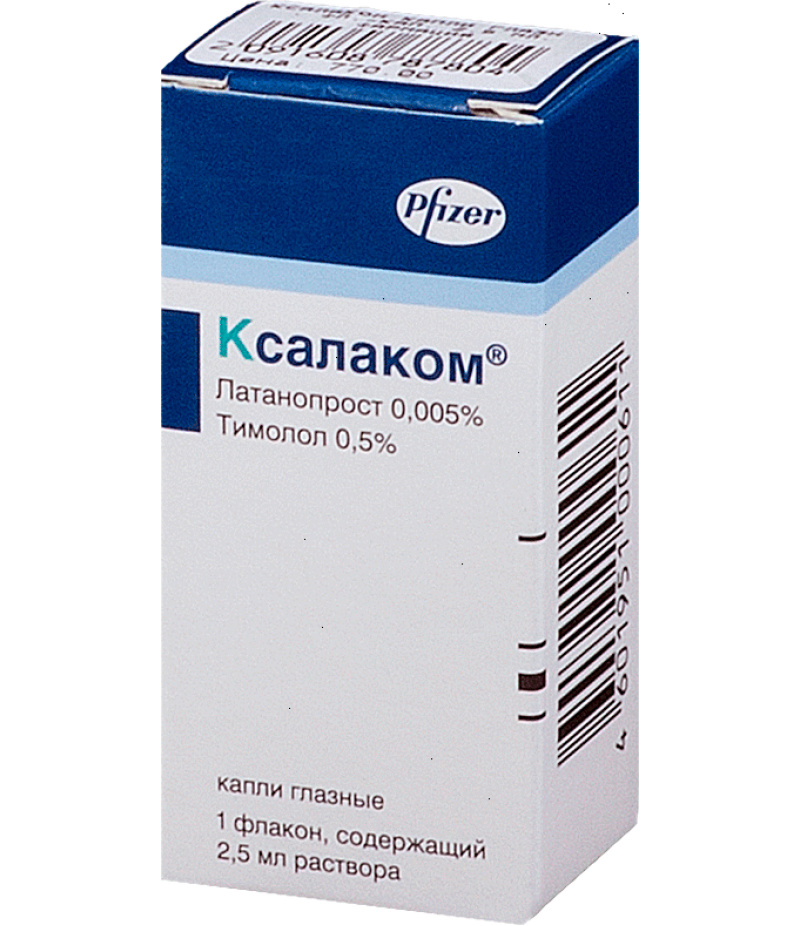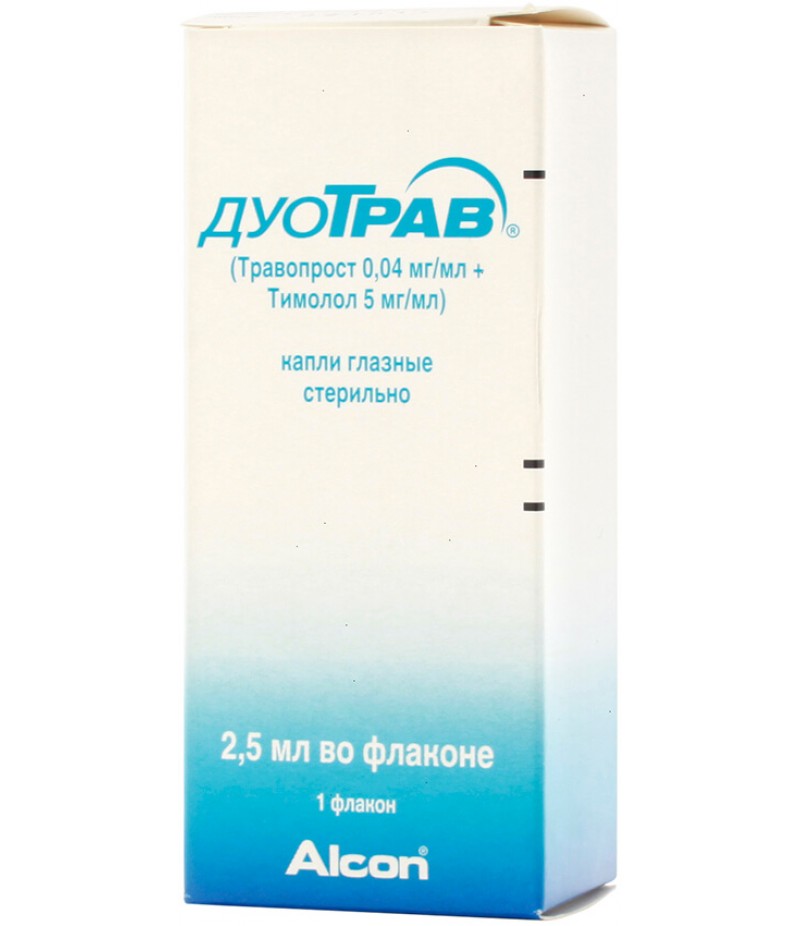Cosopt 20mg + 5mg/ml 5ml
- $53.41
- 2 or more $51.50
- 3 or more $49.99
- Availability:In Stock
Cosopt eye drops instructionYou can buy Cosopt hereComposition1 ml of Cosopt contains 5 mg of timolol and 20 mg of dorzolamide.Additional substances: sodium hydroxide solution, sodium citrate, benzalk
Tags: drops
Cosopt eye drops instruction
You can buy Cosopt here
Composition
1 ml of Cosopt contains 5 mg of timolol and 20 mg of dorzolamide.
Additional substances: sodium hydroxide solution, sodium citrate, benzalkonium chloride, hyetellose, mannitol, water.
Form of issue
Transparent colorless liquid slightly viscous consistency.
5 ml of liquid in a plastic bottle "Okumeter Plus", 1 such a bottle in a pack of cardboard.
pharmachologic effect
Antiglaucomal action.
Pharmacodynamics and pharmacokinetics
Pharmacodynamics
Cosopt eye drops contain 2 active ingredients: timolol maleate and dorzolamide hydrochloride, each of which reduces the increased intraocular pressure as a result of decreased intraocular fluid release. Simultaneous action of these substances in the composition of the drug leads to a greater decrease in pressure within the eye.
Dorzolamide hydrochloride is a selective blocker of the second type of carbonic anhydrase. The inhibition of carbonic anhydrase in the ciliary body tissue causes a decrease in the release of the aqueous humor, as suggested by a decrease in the number of bicarbonate ions, which inhibits the transport of liquid and sodium ions.
Timoleol maleate is an unavoidable beta-blocker. Despite the fact that the mechanism of its action, which results in a decrease in intraocular pressure, has not been fully studied, a number of studies have revealed a decrease in the formation and enhancement of fluid secretion.
Pharmacokinetics of dorzolamide hydrochloride
With local use, it reaches the systemic blood flow. With prolonged use it is able to accumulate in erythrocytes due to selective reaction with carbonic anhydrase of the second type, maintaining very low concentrations of unbound preparation in plasma. After transformation, a single metabolite of the N-desethyl type is formed, which more weakly inhibits the second type of carbonic anhydrase in comparison with its original form, but at the same time inhibits the less active carbonic anhydrase of the first type. This metabolite also accumulates in red blood cells, where it binds mainly to the first type of carbonic anhydrase.
About a third of the dose binds to blood proteins. Evacuated with urine in its original form and in the form of a derivative. The elimination half-life is approximately 4 months.
Pharmacokinetics of timolol maleate
When used locally, timethol maleate easily reaches the systemic blood flow. The hypotensive effect is recorded 20 minutes after instillation, reaches a maximum force after 2 hours and lasts at least 24 hours.
Indications for use
Increased intraocular pressure with pseudoexfoliative and open-angle forms of glaucoma.
Contraindications
sinus bradycardia, decompensated heart failure, AV blockade of 2-3 degrees, cardiogenic shock;
bronchial asthma (including anamnesis), severe form of chronic obstructive pulmonary disease;
severe renal failure;
pregnancy and lactation;
dystrophic processes in the tissues of the cornea;
hypersensitivity to the components of the drug;
age is less than 18 years.
Side effects
In general, the drug is well tolerated, and systemic adverse reactions (if they occur) are weak and do not require drug withdrawal. The most common side effects from the eye: distortion of the sense of taste, burning and itching sensation at the site of instillation, conjunctival injections, corneal erosion, lacrimation, blurred vision.
When conducting clinical trials in 2.4% of patients Cosopt was canceled due to side effects from the side of the eye. Another 1.2% of patients had their medicine canceled due to the development of an allergy.
Side effects after the administration of dorzolamide hydrochloride
Reactions from the eye: point keratitis, eyelid irritation, iridocyclitis, inflammation of the eyelid, transient myopia.
Reactions from the nervous activity: dizziness, paresthesia, headache.
Allergic reactions: bronchospasm, angioedema, itching, urticaria.
Other reactions: epistaxis, asthenia, dry mouth, throat irritation, rash.
Side effects after the administration of timolol maleate
Reactions from the eye: keratitis, conjunctivitis, decreased corneal sensitivity, blepharitis, dryness, visual impairment, ptosis, diplopia.
Reactions from the circulation: cardiac disorders, arrhythmia, ringing in the ears, fainting, rhythm disturbances, hypotension, Raynaud phenomenon, swelling, cardiac arrest, paresthesia, lameness, limb temperature lowering.
Reactions from the side of breathing: cough, bronchospasm.
Dermatological reactions: psoriasis-like rashes, alopecia, exacerbation of psoriasis.
Allergic reactions: Quincke's edema, anaphylaxis, urticaria, rashes on the body.
Reactions from the nervous activity: depression, dizziness, nightmares, insomnia, myasthenia gravis, memory loss.
Reactions from the digestive side: indigestion, diarrhea, dry mouth.
Common reactions: Peyronie's disease, asthenia, headache, fatigue, decreased libido, chest pain, systemic lupus erythematosus.
Cosopt, instructions for use (Method and dosage)
The drug is prescribed to instill 1 drop at the eyelid of the affected eye (or eyes) twice a day.
If Cosopt is used as a substitute for another ophthalmic agent for the therapy of glaucoma, the latter should be canceled one day before Kosovt's treatment.
In the case of simultaneous use with another ophthalmic drug of topical application, Cosopt is instilled at intervals of 10 minutes.
Application rules
Cosopt is a sterile solution, so patients should be aware of the following rules for using the bottle:
Before using for the first time, make sure that the safety strip located outside the vial is stored; unopened vials may have a gap between the cap and the body of the vial;
The protective strip should be removed to facilitate the opening of the cap;
The cap is unscrewed by turning it towards the indicating arrows on the top of the cap;
the head should be tilted back and the lower eyelid slightly shifted to expose the mucous eye;
then in the designated place, the inverted vial is slightly compressed, so that 1 drop enters the conjunctival sac;
it is forbidden to touch the tissues of the eye or eyelid with a dropper of the vial, since the vial is capable of becoming infected and subsequently cause infectious complications of the eye and subsequent deterioration of vision;
vial is closed with a cap tightly twisting it (do not press the lid too hard to avoid damage to the vial);
it is forbidden to enlarge the opening of the dispensing tip.
Overdose
Signs of an overdose: bronchospasm, headache, dizziness, bradycardia, shortness of breath, cardiac arrest, development of acidosis, electrolyte balance disorders, various reactions from the nervous system.
Treatment of overdose: symptomatic and supportive, as well as control of the content of electrolytes and acidity of the plasma. Timolol is not removed during dialysis.
Interaction
There is a possibility that hypotensive action and bradycardia may be intensified with simultaneous application of calcium channels, β-blockers, catecholamine-depleting drugs, antiarrhythmics, parasympatomimetics, digitalis glycosides, opioid analgesics and monoamine oxidase blockers with systemic blockers.
The effect of generalized blockade of β-adrenoreceptors (decrease in pulse rate, depression) was recorded with simultaneous use with CYP2D6 inhibitors (selective serotonin uptake blockers and other agents).
With Kosoptom monotherapy, pupil dilatation is minimal, but cases of mydriasis development are described with simultaneous instillation of timolol and epinephrine.
There is a risk of increasing the systemic effects of blocking carbonic anhydrase by the joint use of systemic and local inhibitors of the enzyme carbonic anhydrase, so the combination of Cosopt and systemic blockers of carbonic anhydrase is prohibited.
Storage conditions
Store in the dark at room temperature. Keep away from children. After opening the vial, use within 30 days.
Shelf life - 2 years.
special instructions
There is no difference in the effectiveness of the drug in young and elderly patients, but it should not be ruled out that there is more sensitivity to Cosopt in some elderly patients.
The active components of the Cosopt are able to be absorbed into the systemic bloodstream. As a result, adverse reactions that occur with systemic admission of beta-blockers may occur even with topical use of the drug (including exacerbation of prinzmetal angina, circulatory disorders, arterial hypotension).
It is recommended to monitor the course of heart failure before starting therapy with the drug. Patients with severe heart disease and signs of cardiac insufficiency should be under constant supervision.
If you detect the first signs of heart failure, Cosopt should be stopped.
Reported deaths as a result of bronchospasm in people suffering from heart failure and bronchial asthma on the background of the use of eye drops with timolol in the composition.
In patients with liver failure, the use of Cosopt should be done with caution.
The use of systemic blockers of carbonic anhydrase can provoke a violation of the acid-base balance and the development of urolithiasis, especially in persons with urolithiasis.
Treatment with beta-blockers can distort a number of symptoms of hypoglycemia in patients with diabetes mellitus. Beta-adrenoblockers can also smooth the clinic of hyperthyroidism, and stopping their use can cause an aggravation of the disease.
In the case of planned surgical intervention using general anesthesia, Cosopt must be canceled 48 hours before the surgery, since timolol enhances the effects of general anesthetics and muscle relaxants.
The composition of the drops includes a preservative benzalkonium chloride, which can cause irritation of the eye. Also, this substance is capable of discoloring contact lenses of a soft type, so before instillation they must be removed.
With the use of Cosopt, there may be side reactions, which in a number of patients can make it difficult to manage motor transport.
Children
Contraindicated in people under 18 years of age.
In pregnancy and lactation
The use of the drug in these periods is contraindicated.
Reviews Cosopt
The drug received good patient ratings. Reports of the occurrence of side effects are rare.






